How to Get Unmanned?
While unmanned aerial (UAV) and ground vehicles (UGV) are already well developed and major players established, technologies continue emerging on the S-curve. Robot and drone manufacturers naturally focus on developing manoeuvrability, range and ability to carry payload. Sensor manufacturers however, race on getting their products compatible with these vehicles.
The first week of February 2022 was an opportunity for me to speak with our distributors in the US, face-to-face. Bertin Environics was hosting its annual Partner Days in Daytona, FL and unmanned vehicles was the topic of the day. A good number of distributors put their heads together in a workshop to discuss product compatibility, cost expectation and benefits of unmanned detection.

Environics CBRN specialists from Finland — (on the left) Teemu Partanen, Application Manager for Handheld Chemical Detectors and Mika Saarinen, Application Manager for Handheld Chemical Detection — together with Bertin Environics USA team members.
Compatibility
Compatibility seems to be an interesting area for discussion. For some users, sensor complies if it can be physically fitted onto to drone or robot. If it doesn’t drop off and keeps balance while operating, the user is happy.
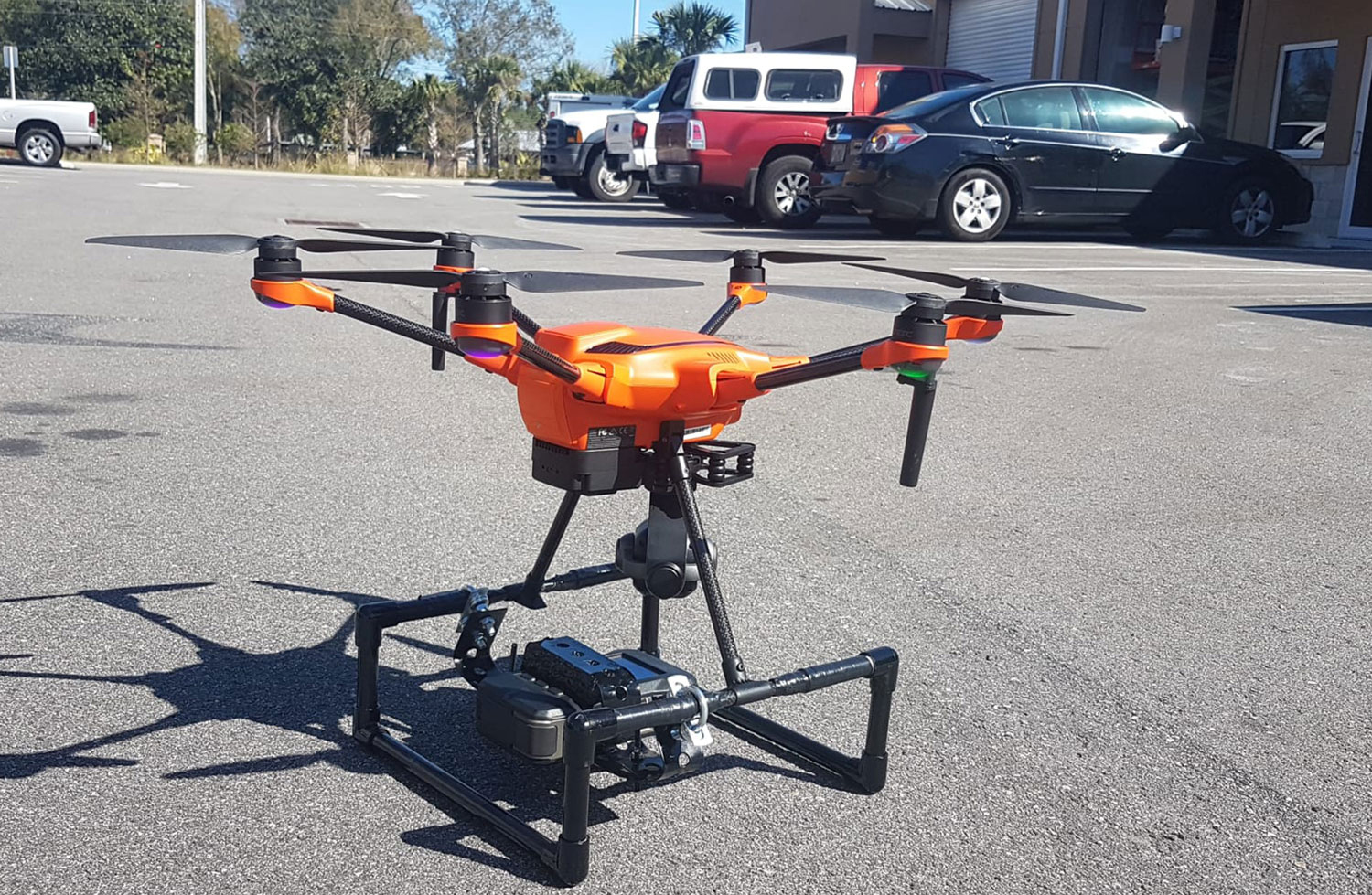
ChemProX chemical detector firmly mounted onto a drone utilizing a mounting bracket. This is a “demo-porpose-only” specimen, since the UAV’s utilized in real cases will have a broader wingspan for increased on-flight stability.
Detection results can be then observed remotely in real-time, or when the vehicle returns back to the home base. For more demanding users, the sensor itself needs to be controlled remotely and in some cases, integrated into the 3rd party software for centralized situational awareness. Views and needs vary.
In all cases, compatibility needs to be discussed, agreed and confirmed with every customer. There are no widely adopted testing methods, standards or harmonized practices. As the requirements for compatibility are case specific, so seem to be the cost expectations.
Cost Expectation
Discussing cost with one of our experienced distributors, revealed a gap between 50k$ expectation and 150k$ reality for a fully equipped robot with CBRN sensors. The subject for the discussion was a “dog” type of robot with typical handheld CBRN detectors fitted on to the back of the dog. Surely, cost is related to the quantity of the purchase, but for single users like first responders, this set up is unreachable.
For government funded, long term investment programs however, the starting point is different. Customer is typically military, specifications well-built and the expectation level set early enough. Compatibility procedures might also have been designed and quantities allow reasonable tendering. Vision to get unmanned is established and budget is approved.
Benefits
The benefits of shifting CBRN detection from handheld use to unmanned vehicles are clear:
- Operating far from the hot zone increases work safety and reduces cost in a long run.
- Time consumed for wearing personal protective equipment prior to mission and decontamination after the mission is minimized.
- Also the size of the operative team can be reduced as people can be replaced with machines.
Next steps
The climax of the Partner Days in Daytona was a live demonstration of ChemProX C-detector attached onto the drone. The audience was able to witness detection and alarm from 100yds distance while the progress of the mission was shown in real time on the computer screen.
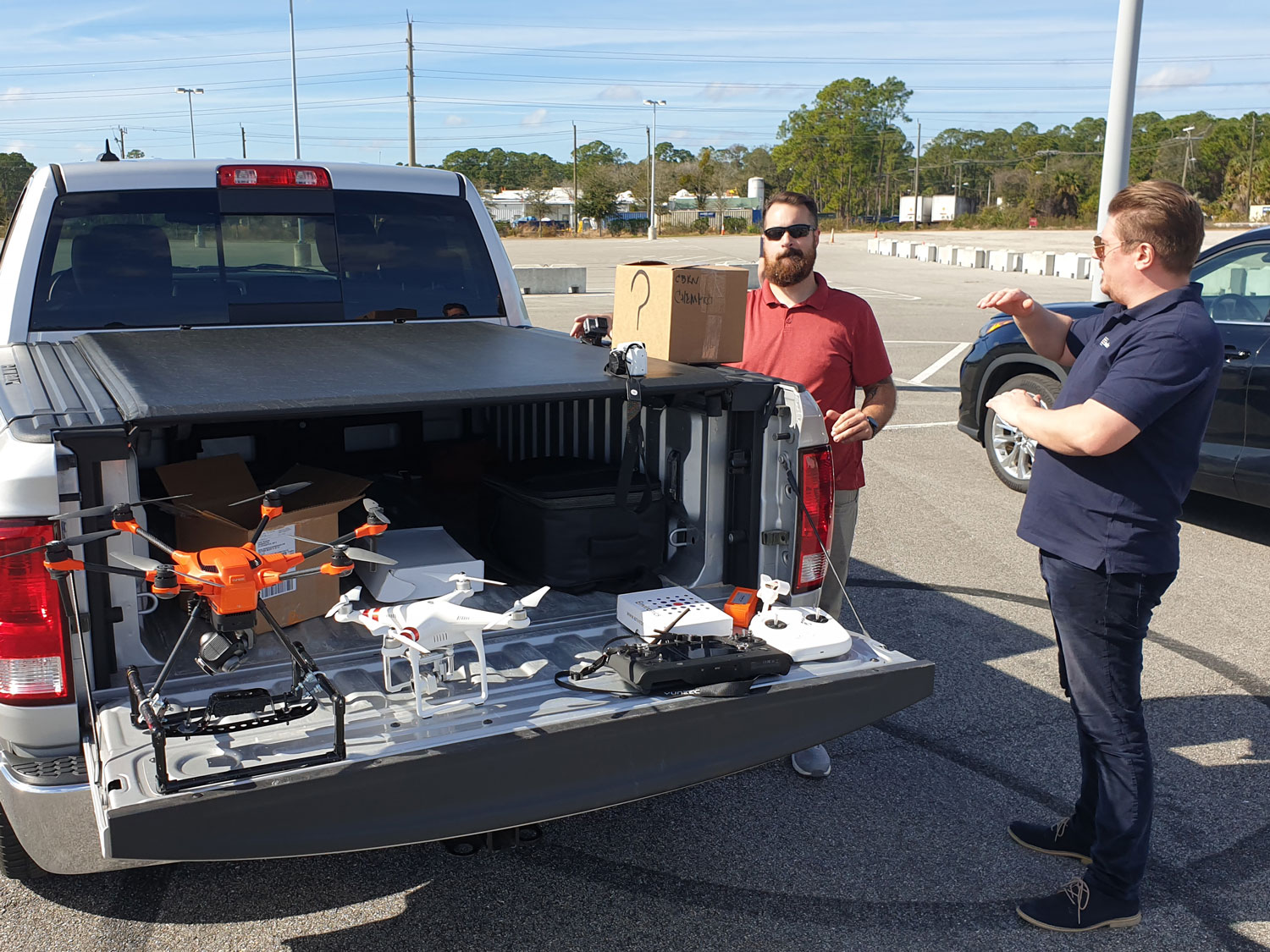
Adam Vachon, Service Manager and Teemu Partanen, Application Manager for Handheld Chemical Detectors prepare the drones for the live unmanned usage demonstration of ChemProX chemical detector.
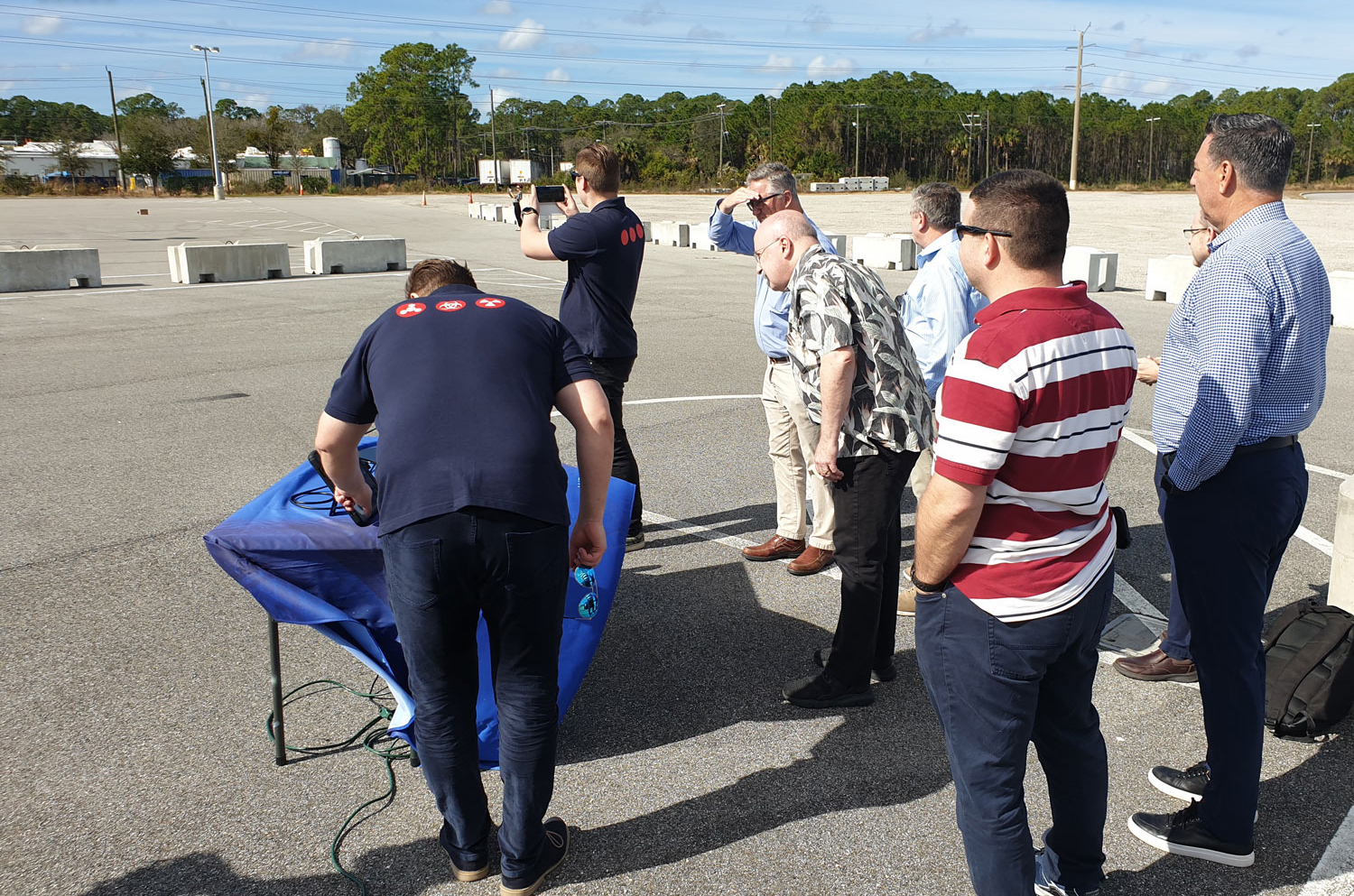
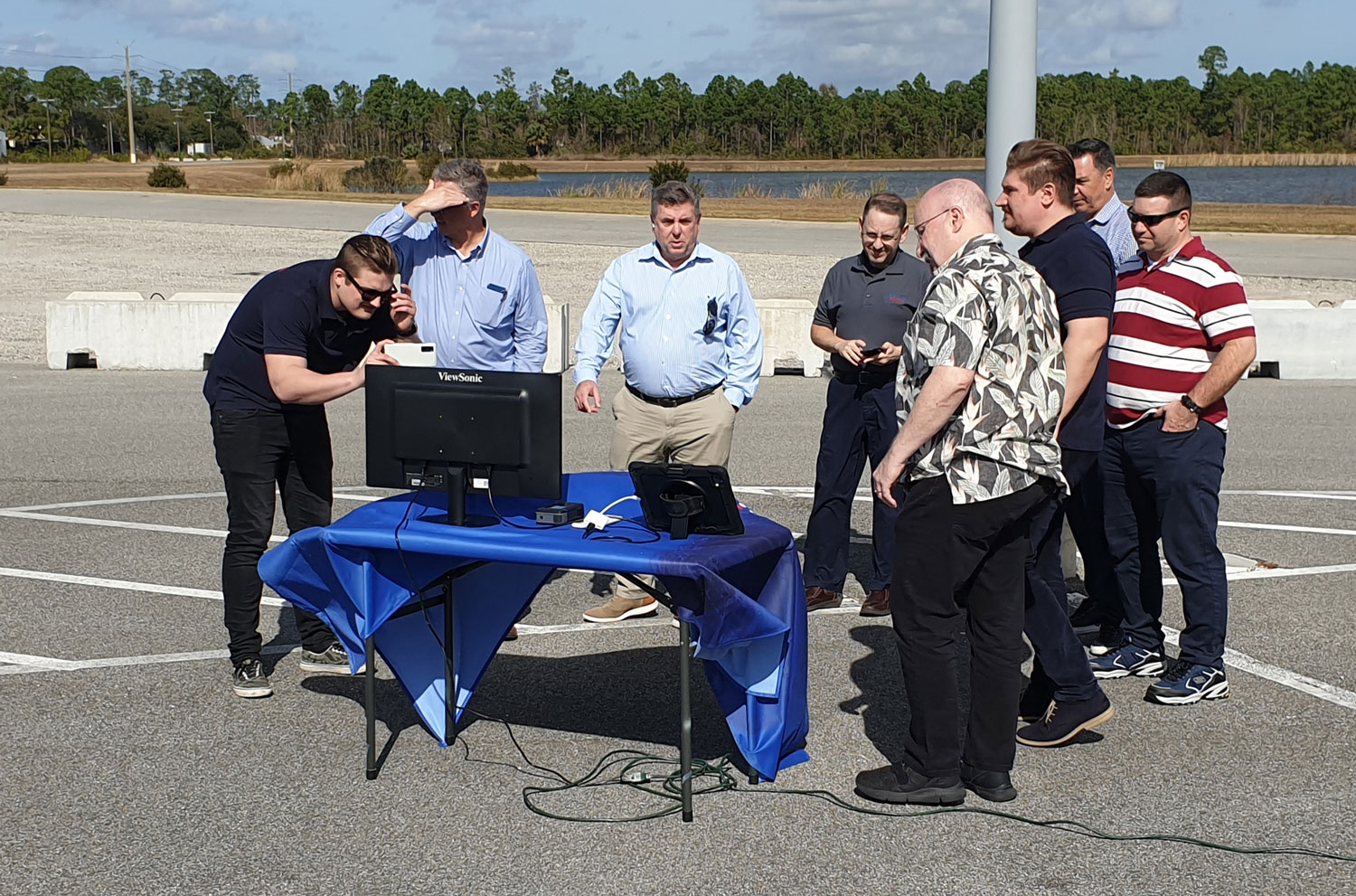
Bertin Environics USA partners observe the dynamic communication between the web browser based CCT Software and the detector, allowing for efficient surveillance of wide areas.
A lesson learnt for the C-detector manufacturer was to focus on compatibility. Balancing unmanned aerial vehicle with payload takes some attention. Weight and position of the detector need to be considered, and wind is a factor, even for an experienced pilot. For unmanned ground vehicles this is naturally not so critical.
When the question of compatibility is cleared and price expectations balanced, then the user benefits are finally undeniable.
Would you like to know more?
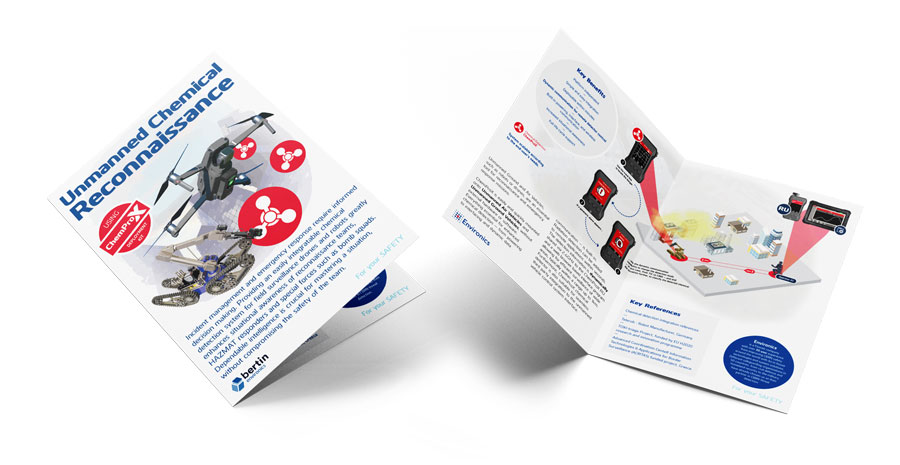
Download the Application Note and gain access to exclusive content on our Unmanned Chemical Reconnaissance Solution, such as the components of ChemProX Deployment Kit.

Leave a Reply